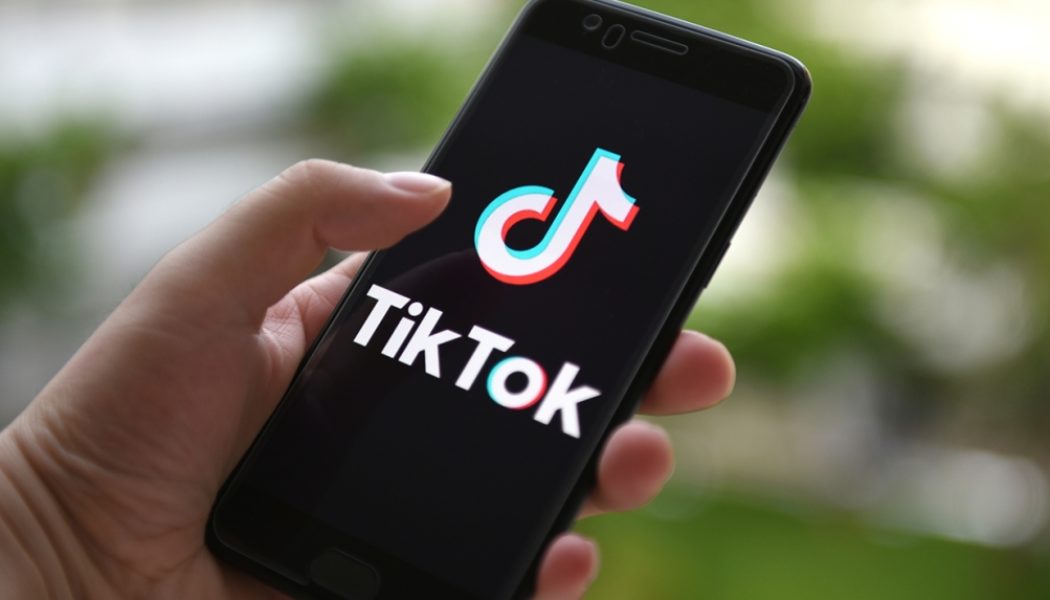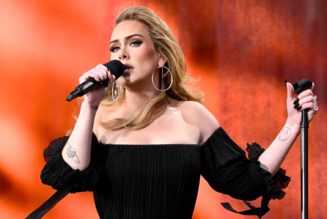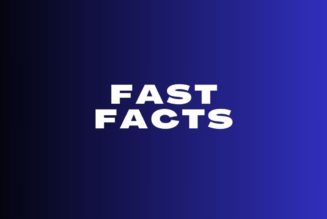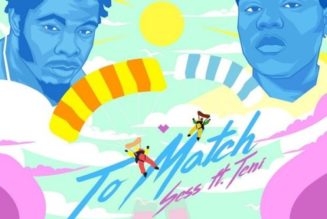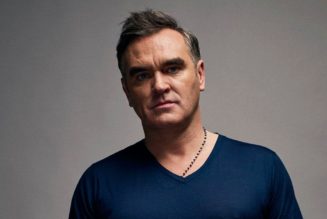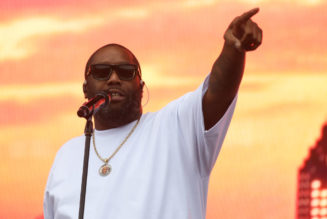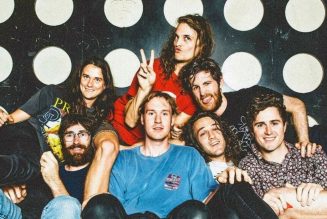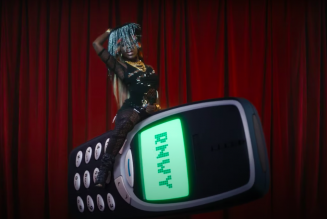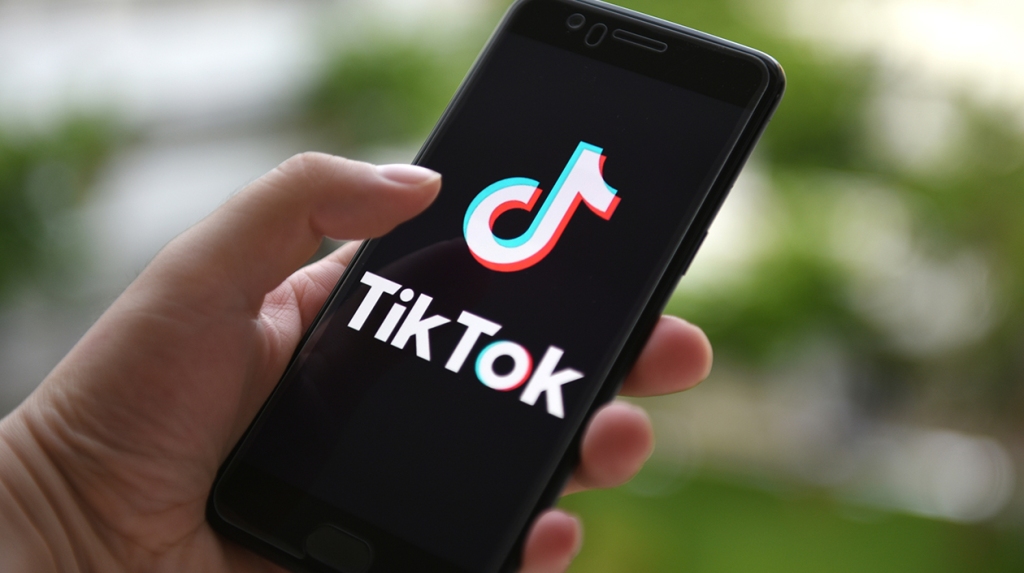
What’s TikTok without music? That’s the central question at the heart of debates between major rights holders and the Bytedance-owned social media platform negotiating rates for their content, and a group of Australian users have been pulled into the middle to try to find out.
Earlier this month, it was revealed that TikTok is running tests in Australia that limits the amount of licensed music some users can encounter on the platform. The test affects fewer than half of Australia-based accounts, and it doesn’t affect everyone in the same way, according to a person familiar with the situation. The test puts people into multiple cohorts and provides them with different libraries of sounds to use in video creation, so not everybody in the test will have the same catalog to choose from. Likewise, users in the test cohorts have different encounters with audio. Some people in test cohorts will encounter muted music on other users’ videos. This allows TikTok to compare and measure the different ways people interact with the app.
The results may inform TikTok’s licensing strategy, but evidence that some Australians are unhappy members of the test cohort can be seen on Twitter. “Tiktok really ruining its own app with all this ‘sound removed’ garbage,” one Australian user tweeted last week. Another echoed the sentiment: “wtf is up with tiktok removing like half the sounds??? like i swear ive seen SO many tiktoks where the sound has been removed.”
The risk of upsetting users and creators isn’t lost on TikTok. “We appreciate it’s disappointing if a certain track is unavailable or if a sound is muted on a previous video,” the company said in a statement. “This change will not be in place for long, and not all music is affected.” The test will run from a month to a month and a half, according to a source familiar with the situation, meaning it should conclude by mid-March.
Why would TikTok degrade its user experience even in a relatively small market like Australia? A source familiar with the company’s thinking said TikTok is using the experiment to study what is trending, how users are accessing the platform through different entry points and how they are enjoying it. It is not a negotiating tactic, the person said. Nonetheless, the company is gathering the data during a year when most, if not all, of TikTok’s agreements with music rights owners come up for renewal. The source said it is predictable that TikTok would gather this information ahead of high-stakes negotiations, like those ongoing with major labels and other stakeholders.
Around the music industry, there are different interpretations for TikTok’s actions. One explanation is that TikTok is doing what tech companies do all the time: run tests, collect data and analyze the results. That narrative fits with what’s known. Australia, an important yet small and isolated English-speaking market, is a popular place for tech companies — Spotify, Facebook, Google, Tinder and others — to test new products. Much like these other companies, TikTok is led by engineers who want to take data-driven approaches to making decisions on how much time and resources should be invested in projects, building systems and, yes, even licensing rights. Sometimes, as history has shown with most of those other companies, too, a different mindset puts them at odds with creative industries.
“I don’t think they truly understand music at these tech companies,” says a record-label executive. “It just doesn’t resonate with them.”
Negotiating Tool?
TikTok, of course, has numerous people from the music world on staff: Ole Obermann, global head of music, and Tracy Gardner, head of licensing and partnerships, are former Warner Music Group executives. Jordan Lowy, head of music publishing licensing and partnerships, previously worked at Universal Music Group and Disney Music Group, and dozens if not hundreds of other music industry alums work at TikTok in editorial and artist partnerships. But the company looks and acts like a social media company, not a music company.
A less benign view of the test is that TikTok is looking for a rationale to argue music is not important to the platform – or not as important as labels believe. Annabelle Herd, the CEO of ARIA, the trade body for the Australian record industry, said TikTok “seeks to rationalize cutting artists’ compensation” and “downplay the significance of music on its platform.” Another industry executive believes the test is meant to lower expectations going into discussions with rights holders. “They’re looking to anchor their negotiating position near zero,” says a music industry source.
TikTok has spent years playing up music’s importance to creators, users and artists. “Music is at the heart of the TikTok experience,” Obermann stated in the opening words of the TikTok 2021 Music Report. That year, around 430 songs surpassed 1 billion views, up 200% from the previous year, and over 175 songs that trended that year charted on the Billboard Hot 100. In the company’s 2022 year-end report, Obermann reiterated TikTok’s value to artists, saying the platform “continues to unlock real-world opportunities for artists and labels, helping talent to secure record deals, brand collaborations, chart success or be rediscovered decades later.”
And while the platform has certainly evolved beyond lip-syncing videos – book reviews and finance advice abound, for example – much of the recent news coming out of the company still involves music: StemDrop, an interactive, collaborative songwriting platform led by Max Martin, Syco Entertainment, Universal Music Group and Samsung; a Calvin Harris virtual reality concert; and welcomes to The Rolling Stones and Dolly Parton for joining the platform.
Anecdotally, exactly how important records labels’ music is to TikTok is debatable. Its top three trending songs of 2022 were independent releases, and the No. 1 song, “Sunroof” by Nicky Youre & Dazy, was originally released independently through SoundOn, TikTok’s music distribution business that has been known to add promotion to music uploaded through its service. In all, only five of the top 10 of 2022 were signed to major labels. Major-label music is arguably more important to on-demand streaming platforms and radio stations. By contrast, all the top 10 tracks of Billboard’s year-end Hot 100 and Radio Songs charts were released through major labels.
But major-label music is everywhere on TikTok. Lizzo’s “About Damn Time” was the No. 4 trending song of 2022. Pharrell Williams’ “Just a Cloud Away” was No. 5. Kate Bush’s “Running Up That Hill (A Deal With God)” was No. 10. And TikTok’s ability to give unknown artists a large audience increases its need to license music from labels. “Sunroof” was so successful that Youre signed with Colombia Records and reached No. 4 on the Hot 100.
What’s Past Is Prologue
TikTok has ample motivation to reduce what it pays music rights holders. Licensing costs eat up over 70% of a music subscription service’s revenue with little left over after paying operating expenses. Social networks, on the other hand, generate huge sums of free cash flow. Facebook, for example, had an operating margin of 25% in 2022 and 40% in 2021.
Services that once butted heads with music rights holders decided it was wiser to build partnerships that enriched both sides. Like TikTok, YouTube began as an ad-supported platform built on user-generated content and characterized by minuscule royalties. Over time, YouTube attracted better advertisers, built a strong on-demand premium service and became a major source of revenue for labels and publishers. In the 12-month period ended June 30, 2022, YouTube paid music rights holders $6 billion through YouTube advertisements and fees from the YouTube Music subscription service.
Now, YouTube has “a phenomenal partnership” with rights owners after it “decided that music is important to us forever,” Warner Music Group CEO Robert Kyncl, YouTube’s former chief business officer, said during WMG’s Feb. 9 earnings call. It invested in music “holistically” by building a copyright management platform, Copyright ID, launching the YouTube Music subscription service and taking on TikTok with its short-form video platform, YouTube Shorts.
TikTok appears to share YouTube’s ambitions to offer a multitude of services that segment the market into ad-supported and paying customers. Parent company Bytedance already has an on-demand music service, Resso, operating in Brazil, Indonesia and India, and a separate on-demand service, Qishui Yinyue, in China. But in major markets like the United States, TikTok users that want to listen to an entire track and explore an artist’s catalog end up going – in large numbers – to on-demand services like Spotify and Apple Music. Pairing its short-form video platform with an on-demand service would give TikTok a “significant opportunity” to leverage data and manage customers across multiple platforms, says one of the music industry sources. “Why would they not want to capture that demand themselves?”
“TikTok needs to do that [also],” Kyncl said during Warner’s earnings call. “It’s the right decision for them to evaluate.”
Additional reporting by Liz Dilts Marshall.
